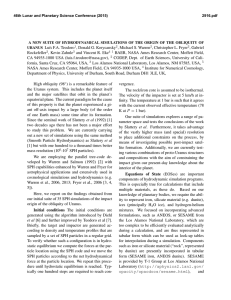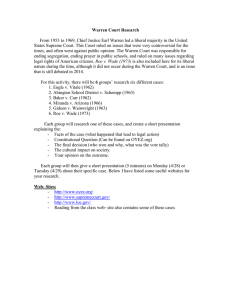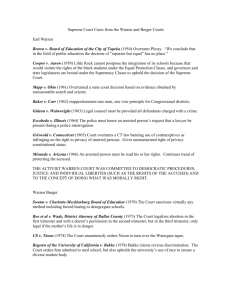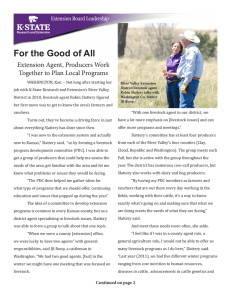A Ten Million SPH Particle Simulation of the Origin of... uity of Uranus
advertisement
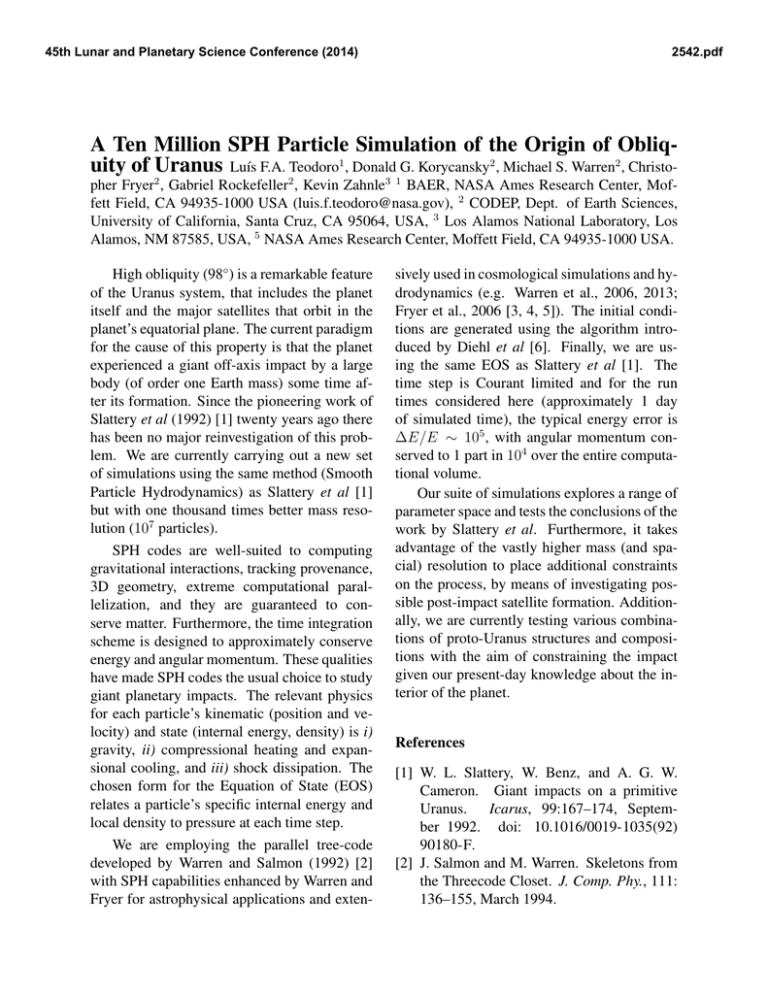
45th Lunar and Planetary Science Conference (2014) 2542.pdf A Ten Million SPH Particle Simulation of the Origin of Obliquity of Uranus Luı́s F.A. Teodoro1, Donald G. Korycansky2, Michael S. Warren2, Christopher Fryer2 , Gabriel Rockefeller2 , Kevin Zahnle3 1 BAER, NASA Ames Research Center, Moffett Field, CA 94935-1000 USA (luis.f.teodoro@nasa.gov), 2 CODEP, Dept. of Earth Sciences, University of California, Santa Cruz, CA 95064, USA, 3 Los Alamos National Laboratory, Los Alamos, NM 87585, USA, 5 NASA Ames Research Center, Moffett Field, CA 94935-1000 USA. High obliquity (98◦ ) is a remarkable feature of the Uranus system, that includes the planet itself and the major satellites that orbit in the planet’s equatorial plane. The current paradigm for the cause of this property is that the planet experienced a giant off-axis impact by a large body (of order one Earth mass) some time after its formation. Since the pioneering work of Slattery et al (1992) [1] twenty years ago there has been no major reinvestigation of this problem. We are currently carrying out a new set of simulations using the same method (Smooth Particle Hydrodynamics) as Slattery et al [1] but with one thousand times better mass resolution (107 particles). SPH codes are well-suited to computing gravitational interactions, tracking provenance, 3D geometry, extreme computational parallelization, and they are guaranteed to conserve matter. Furthermore, the time integration scheme is designed to approximately conserve energy and angular momentum. These qualities have made SPH codes the usual choice to study giant planetary impacts. The relevant physics for each particle’s kinematic (position and velocity) and state (internal energy, density) is i) gravity, ii) compressional heating and expansional cooling, and iii) shock dissipation. The chosen form for the Equation of State (EOS) relates a particle’s specific internal energy and local density to pressure at each time step. We are employing the parallel tree-code developed by Warren and Salmon (1992) [2] with SPH capabilities enhanced by Warren and Fryer for astrophysical applications and exten- sively used in cosmological simulations and hydrodynamics (e.g. Warren et al., 2006, 2013; Fryer et al., 2006 [3, 4, 5]). The initial conditions are generated using the algorithm introduced by Diehl et al [6]. Finally, we are using the same EOS as Slattery et al [1]. The time step is Courant limited and for the run times considered here (approximately 1 day of simulated time), the typical energy error is ∆E/E ∼ 105 , with angular momentum conserved to 1 part in 104 over the entire computational volume. Our suite of simulations explores a range of parameter space and tests the conclusions of the work by Slattery et al. Furthermore, it takes advantage of the vastly higher mass (and spacial) resolution to place additional constraints on the process, by means of investigating possible post-impact satellite formation. Additionally, we are currently testing various combinations of proto-Uranus structures and compositions with the aim of constraining the impact given our present-day knowledge about the interior of the planet. References [1] W. L. Slattery, W. Benz, and A. G. W. Cameron. Giant impacts on a primitive Uranus. Icarus, 99:167–174, September 1992. doi: 10.1016/0019-1035(92) 90180-F. [2] J. Salmon and M. Warren. Skeletons from the Threecode Closet. J. Comp. Phy., 111: 136–155, March 1994. 45th Lunar and Planetary Science Conference (2014) 2 [3] M. S. Warren, K. Abazajian, D. E. Holz, and L. Teodoro. Precision Determination of the Mass Function of Dark Matter Halos. ApJ, 646:881–885, August 2006. doi: 10. 1086/504962. [4] M. S. Warren. 2HOT: an improved parallel hashed Oct-Tree N-Body algorithm for cosmological simulation. In SC 13: Proceedings of the International Conference on High Performance Computing, Networking, Storage and Analysis, pages (LA– UR–13–22336), 2013. [5] C. L. Fryer and M. S. Warren. The Collapse of Rotating Massive Stars in Three Dimensions. ApJ, 601:391–404, January 2004. doi: 10.1086/380193. [6] S. Diehl, G. Rockefeller, C. L. Fryer, D. Riethmiller, and T. S. Statler. Generating Optimal Initial Conditions for Smooth Particle Hydrodynamics Simulations. ArXiv eprints, November 2012. 2542.pdf
